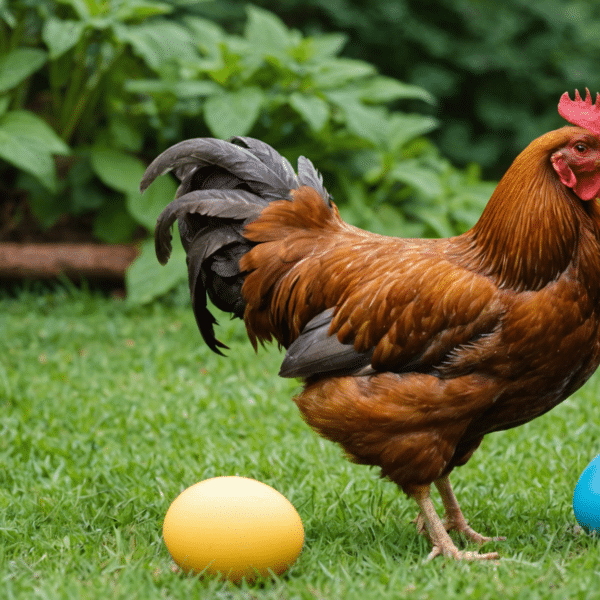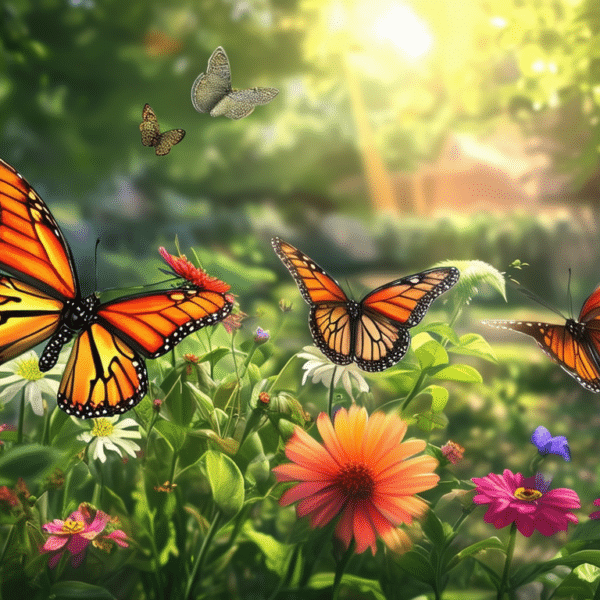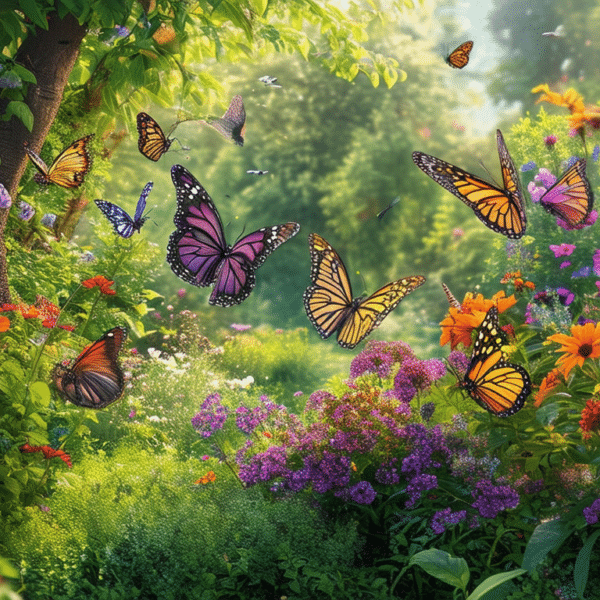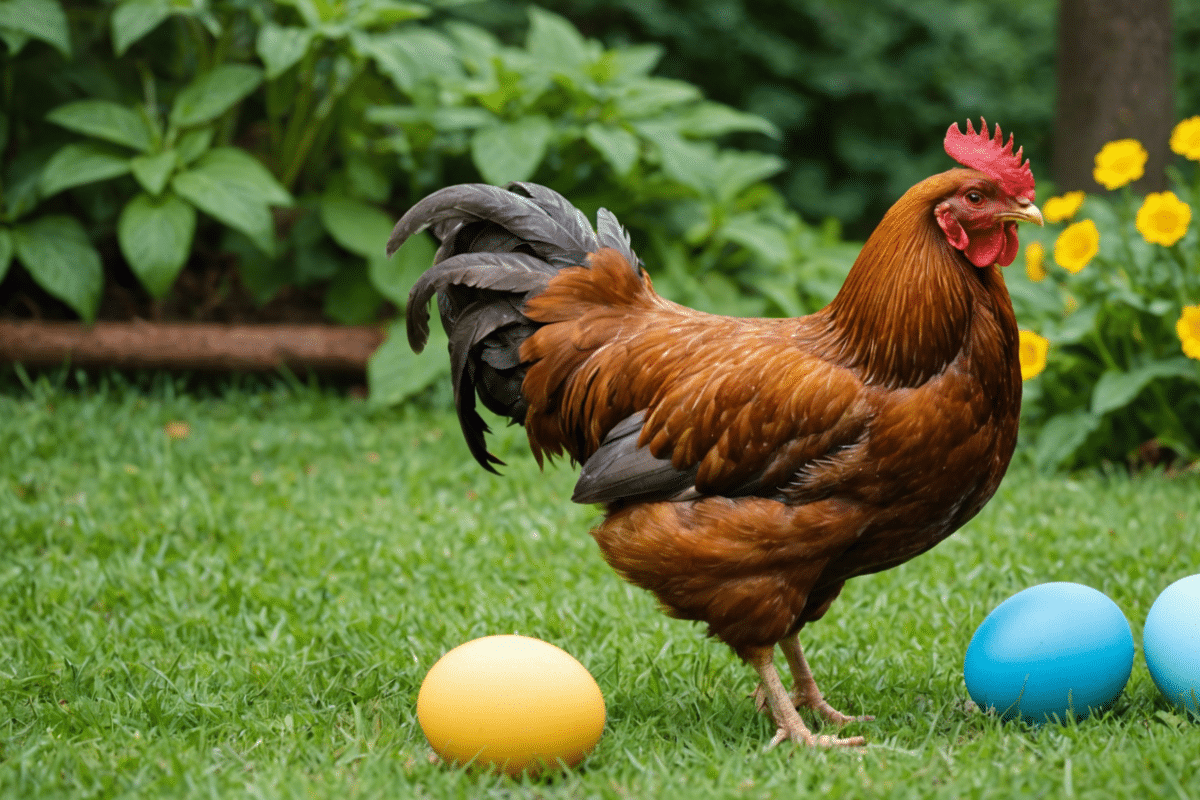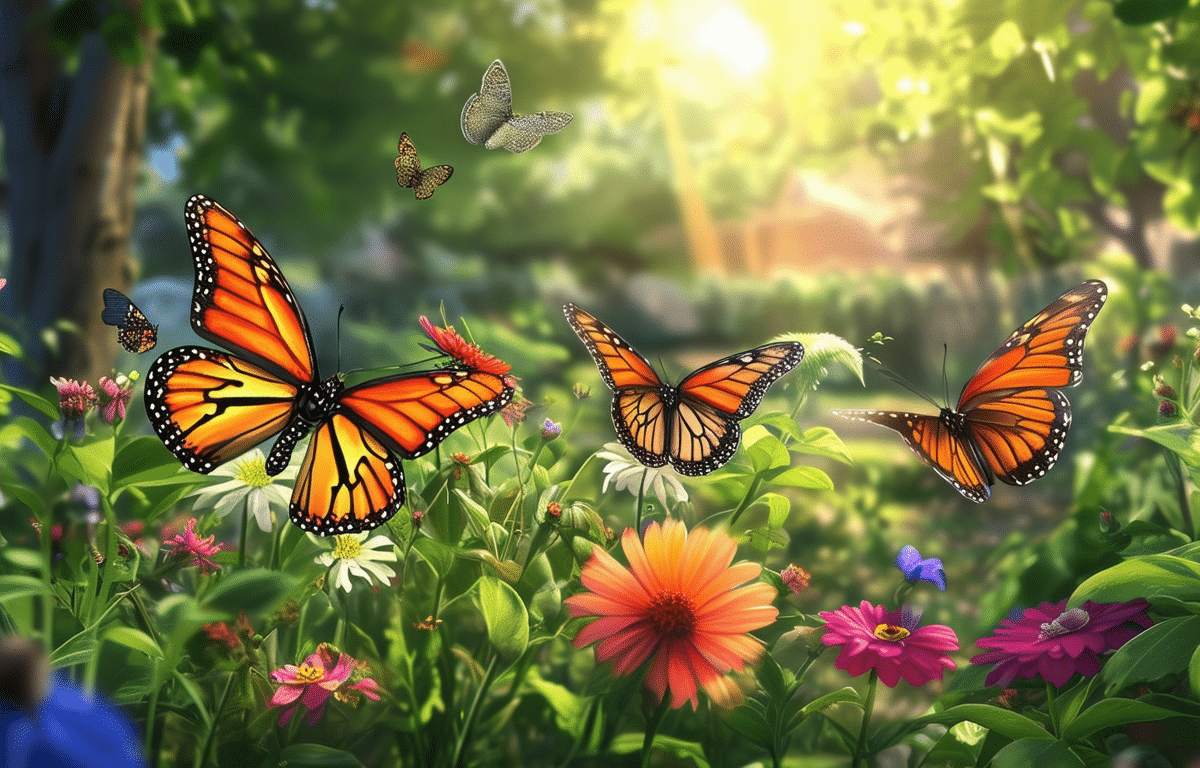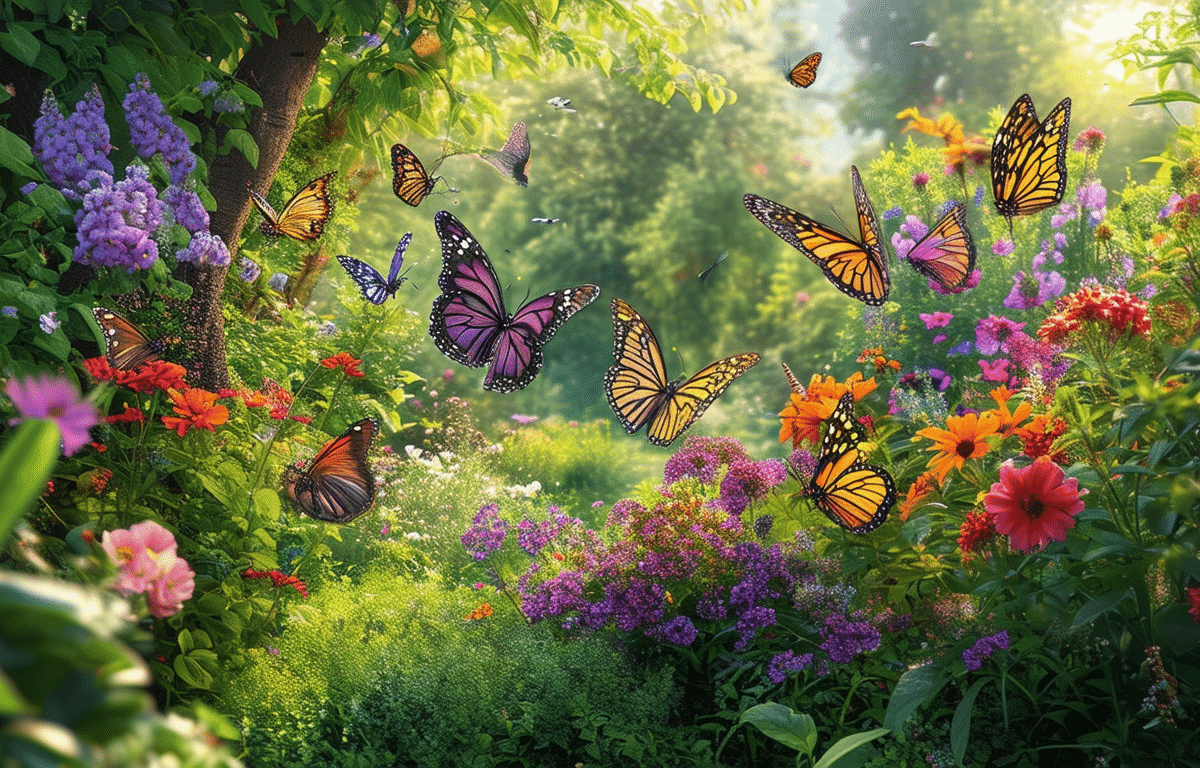Content
Natural honey bee hives are incredible structures, both as marvels of the insect world and as a critical component of global ecology and agriculture. Observing these hives can be a gateway into understanding the complex behaviors and social structures of bees, as well as assessing their immense importance in pollinating a broad variety of plant species—including many human crops. Harnessing a deeper knowledge of bee hives is not just fascinating, it’s essential for those who strive to work harmoniously with wildlife and appreciate the subtle intricacies of nature.
Understanding Honey Bee Hives

At the heart of any bee colony is the hive, a masterfully constructed nest where bees live, work, breed, and produce honey. These hives are typically made from beeswax, a substance secreted by worker bees, which is then fashioned into the hexagonally structured honeycomb that is both a storage unit for honey and a nursery for young bees. The resilience and efficiency of this design are not accidental; hexagons are one of the most space-efficient shapes, allowing bees to store the maximum amount of honey with the least amount of wax.
Starting with Beekeeping
Diving into the realm of beekeeping can be tremendously rewarding. Ensuring to grasp the fundamentals by researching can set one on the right path. Start by learning about the different roles within a beehive—knowing the duties of queen bees, worker bees, and drones is essential. Setting up your first hive requires diligent planning—selecting an appropriate location, understanding seasonal behaviors of bees, and knowing the plant species that will provide the best nutrition for your colony. Consulting expert guidance can enlighten beginners on the most suitable equipment and methods to nurture a thriving hive.
Harvesting and Benefits of Pure Honey
The practice of beekeeping ultimately leads to the rewarding harvest of honey—an all-natural sweetener known for its numerous health benefits. The harvesting process must be carried out with care to ensure the well-being of the bees and the quality of the honey. Actual natural honey possesses antibacterial properties, antioxidants, and essential nutrients, differentiating it from processed options found in many stores. Honey’s unique flavor nuances are also reflective of the local flora, making each harvest a unique taste experience. Beyond culinary uses, honey is treasured in various cultures for medicinal and cosmetic purposes.
- Antioxidant-rich
- Natural antibacterial properties
- Source of essential vitamins and enzymes
- Local pollination contributes to diverse plant life
- A unique reflection of the local ecology through flavor
- Supports sustainable farming and biodiversity
Maintaining the Health of Your Hive
Just as for any other living creature under care, monitoring the health of a beehive is critical. Being aware of signs of disease or stress within the hive can mean the difference between a thriving colony and a failing one. Diseases such as varroa mite infestation, American foulbrood, and nosema must be prevented or addressed swiftly to ensure colony health. Additionally, environmental factors such as pesticide exposure and habitat loss are modern challenges that beekeepers must navigate to protect their bees.
Environmental considerations should always play a part in beekeeping practices. Creating a habitat that mimics bees’ natural conditions as closely as possible not only supports the well-being of the bees but also ensures they can perform their pollination roles effectively. Adding a variety of native flowering plants to the area around the hives and abstaining from harmful chemicals supports a healthy, balanced ecosystem.
Engaging with the Broader Beekeeping Community
Beekeeping is not a solitary activity; engaging with a community of fellow bee enthusiasts can be delightfully enriching. This can range from local beekeeping clubs to online forums where one can share experiences, gain insight, and stay up-to-date on the latest beekeeping trends. Such communities are vital for exchanging ideas on sustainable beekeeping practices and innovative hive designs. They also provide a support network for troubleshooting common issues and advocating for bee-friendly policies.
Embracing creativity within the beekeeping journey can lead to unique hive designs that are not only functional but aesthetically pleasing. From heart-shaped hives that blend art with utility to specialized structures designed for urban environments, the possibilities are endless.
The Role of Bees in Biodiversity and Ecology
Bees play a pivotal role in maintaining the balance of our ecosystems. Through the act of pollination, they ensure the reproduction of a wide array of plants, which in turn provide habitat and food for countless other species. Understanding why bees are important gives a broader perspective on the significance of preserving these miraculous insects. Their decline, largely due to human activities, signals a warning that our actions have consequences for the natural world that sustains us.
As stewards of nature, efforts to protect bees are also efforts to preserve the rich tapestry of life on Earth. Implementing bee-friendly practices in our gardens, supporting organic agriculture, and advocating for conservation initiatives are all ways to contribute to the well-being of bees and, by extension, the overall health of our planet.
Frequently Asked Questions
Q: How can I tell if my hive is healthy?
A: A healthy hive will have a strong, consistent activity pattern, and you’ll observe bees coming and going regularly. Inside, the honeycomb should be well-formed, and there should be a continuous process of honey production and brood rearing.
Q: When is the best time to harvest honey?
A: Typically, honey is harvested in the late summer or early fall when the hives are full of honey that the bees have produced throughout the spring and summer. However, it’s important to leave enough honey for the bees to survive the winter.
With a mindful approach to beekeeping, one can foster a productive and healthy environment for these vital pollinators. By delving deeply into the world of bees, their habits, their care, and the myriad ways in which we can support them, anyone can contribute to a future where both bees and humans thrive in a balanced ecosystem.



